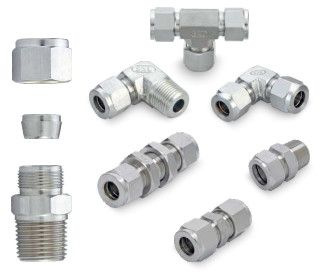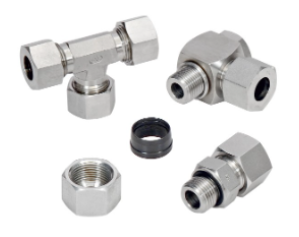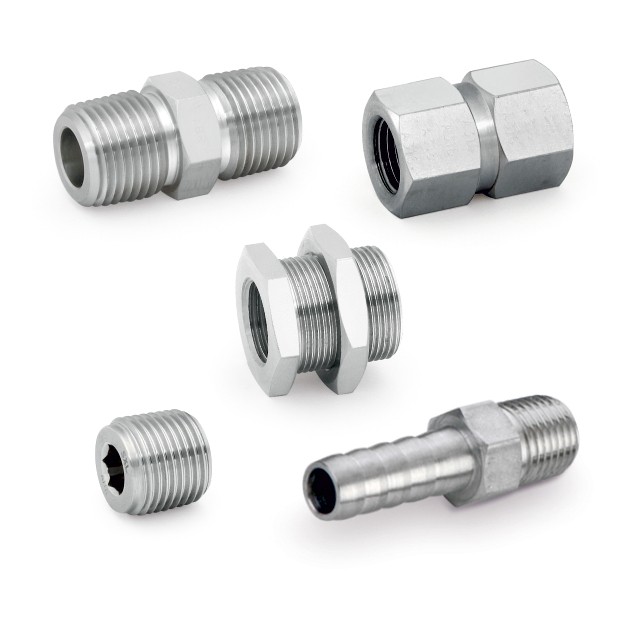Recycling Steel
July 24, 2015A Quick chapter on Hydraulic Compression fitting
October 15, 2015Tube fittings are man made mechanisms and are prone to failure at any point in time. However, this doesn’t necessarily mean that failure cannot be avoided. One of the primary reasons behind tube fitting failure is corrosion. While it is not really a hidden menace the onset typically shows up in the form of rust staining. Trained technicians can usually identify and repair corroded tube fittings.
Tube fitting specialists from our company, Seal Excel also advise keeping a check at least once a year to look for evidence of corrosion and minimize chances of unexpected problems.
Corrosion Prone Fittings
A large number of industries utilize twin-ferrule fittings and almost 
For the ferrule part of the fitting tube fitting manufacturers use stainless steel that is hardened by various chemical procedures to protect is against harsh environments. Common methods include chrome plating and case hardening through chemicals.
However, each of these approaches has its own weakness that leads to corrosion. The problem could be considerably worsened by remaking joints, or reinstallations into old tube fitting infrastructures.
Highly worked austenitic materials become susceptible to stress corrosion and liable to sulfide stress corrosion. During make up and assembly, this susceptibility results in deformation.
On the other hand, chrome plating results in quite a hard surface but its adhesion with stainless steel is difficult. When the joint is made, this surface is highly susceptible to cracking due to high load rotation or compression.
In other places, case hardening is done with the help of carbonizing. The method increases the carbon levels in the surface and ensures a consistent level of hardness. Nevertheless, the procedure changes the structure of the stainless steel pulling carbon to the biting edge and effectively transforming adjacent material into mild steel.
While the oil and gas industry has tended to lag other industrial users in the ferrule specifications, the chemical industry has become aware of the need in the past decade. Oil and gas operators do however, lead the field in the use of expensive materials to optimize corrosion protection.
At SEALEXCEL, we are a leading tube fitting manufacturer and we offer solutions that are not just corrosion resistant but can also work under pressure in the long run, without any expensive maintenance. Click here to get in touch with our team.



